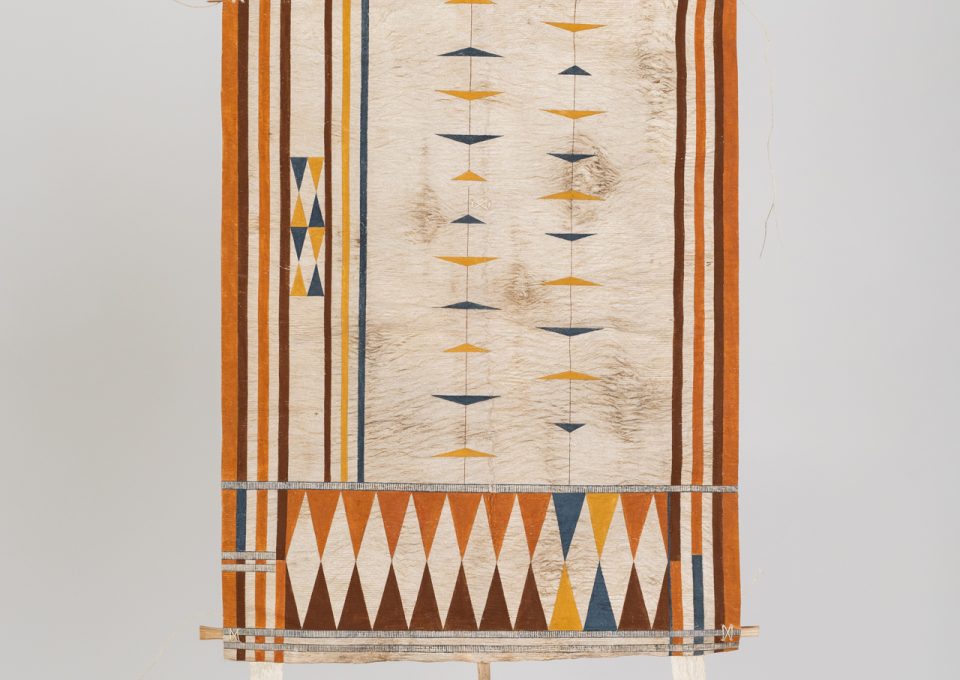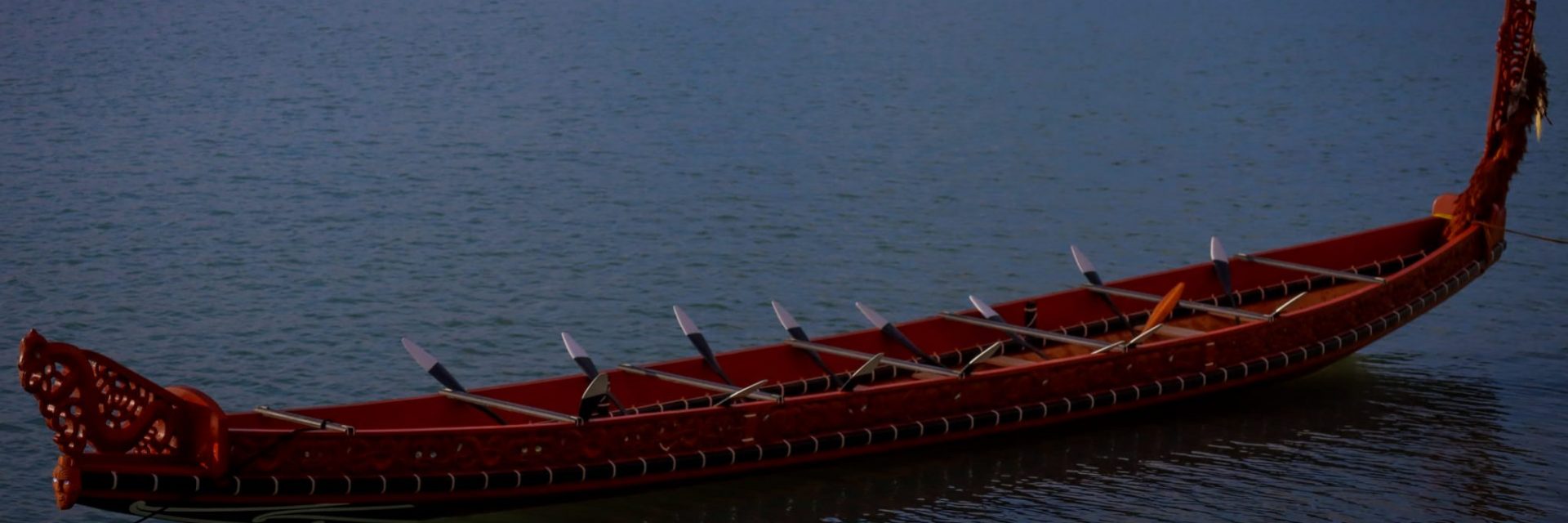Importance of Waitangi Day
Waitangi Day is an important milestone in any year for our nation and particularly for the communities of Tai Tokerau. It is a highlight of the summer, a day of good vibes, reunions and another time for reflection. We ask ourselves how far have we come since 1840 and look forward to wondering how far have we yet to go. That is as whanau, hapu, iwi, hapori – as family, as people, as community. How far can we go and how do we get there?
Author E.M. Bourke was motivated to write a book published in 1880 called “A Little History of New Zealand”. The preface says the writer was led to compile the information by “observing the ignorance prevailing amongst many New Zealand children concerning the history and early settlement of their own country.”
“Many young people, well-informed on other subjects, and conversant with the history of far-off lands, know little or nothing of the story of their own, beyond that fact that it was discovered by Captain Cook.”
The opening paragraph points out that It was only a little more than 100 years since white people first visited New Zealand.
“ Before that time there were only Maoris in the country, and as they could neither read nor write we know but little about their history…”
Now, 140 years on, this appalling mono-cultural view of our nation causes us not only to cringe but also serves as a timely reminder of the work still to be done to reclaim, restore and renew our identity and culture and for others to unlearn old attitudes and educate themselves.
The Hihiaua Cultural Centre continues to play a role in these processes with two spectacular exhibitions this month.
Since early December we have shown the magnificent Mahere Tū ki Te Rangi, a woven sail which replicates the sails of Polynesian waka of centuries ago and celebrates the reclamation of ancient knowledge and practices.
As the sail commanded pride of place in our main space, it was complemented by our Raumati Exhibition, featuring the works of Theresa Reihana and other Tai Tokerau artists.
Another example of ancient technology revival is that of Manu Aute and on March 4th we open in conjunction with the Pacifika Fusion Festival, an exhibition of the works of Nikau Hindin, (Ngāi Tūpoto, Te Rarawa). Nikau has been working for the past 10 years on relearning the practice of making aute.
“When you are trying to preserve the practices of your ancestors you must strive to keep the process as natural as possible. As your hands become familiar with the old ways, your mind can follow and begin to reclaim our knowing and seeing. The past is always present because the process is about the relationship we have to our environment,” she says.
This is surely what Waitangi Day is all about.
Manu Aute photo credit: @Seb Charles


